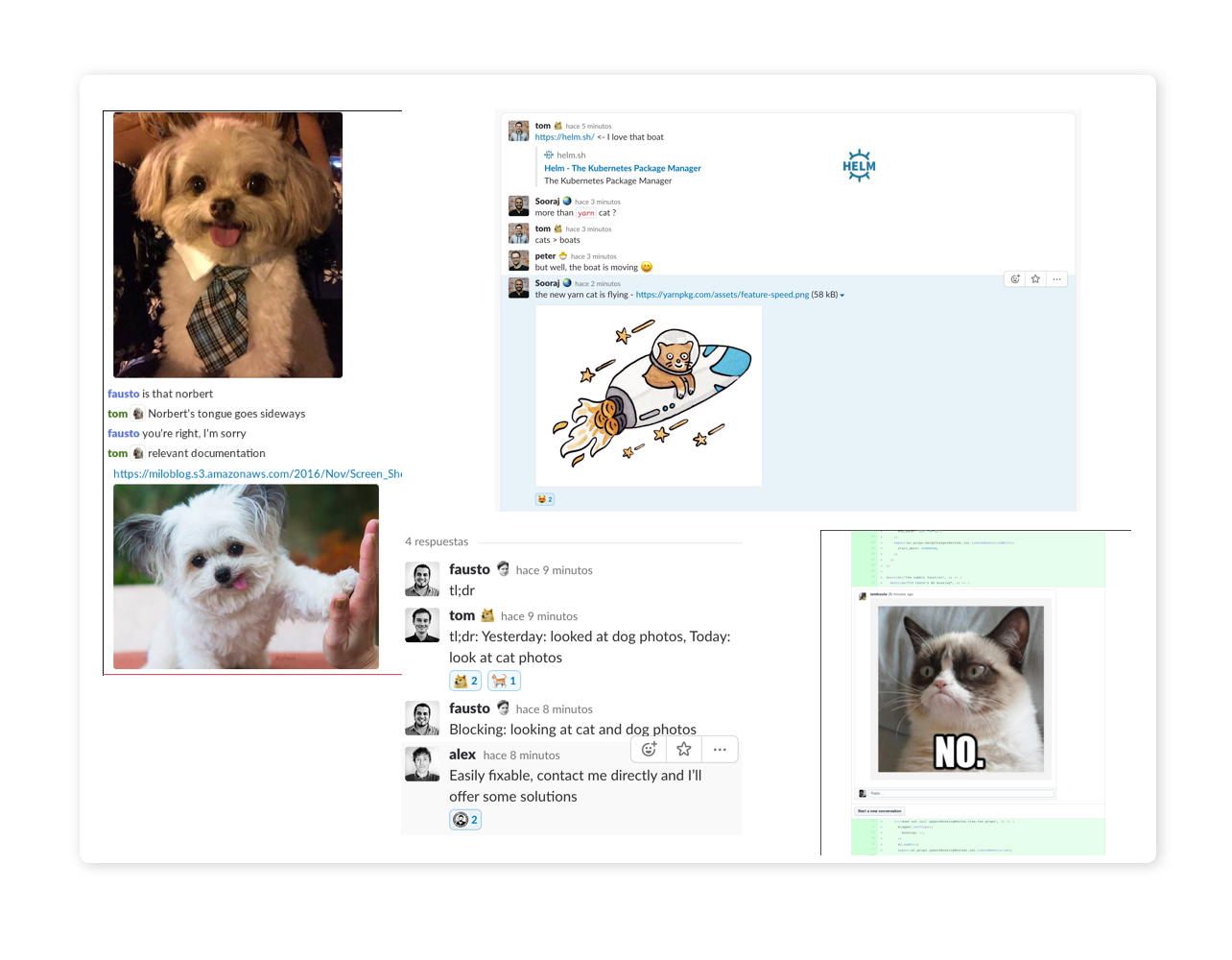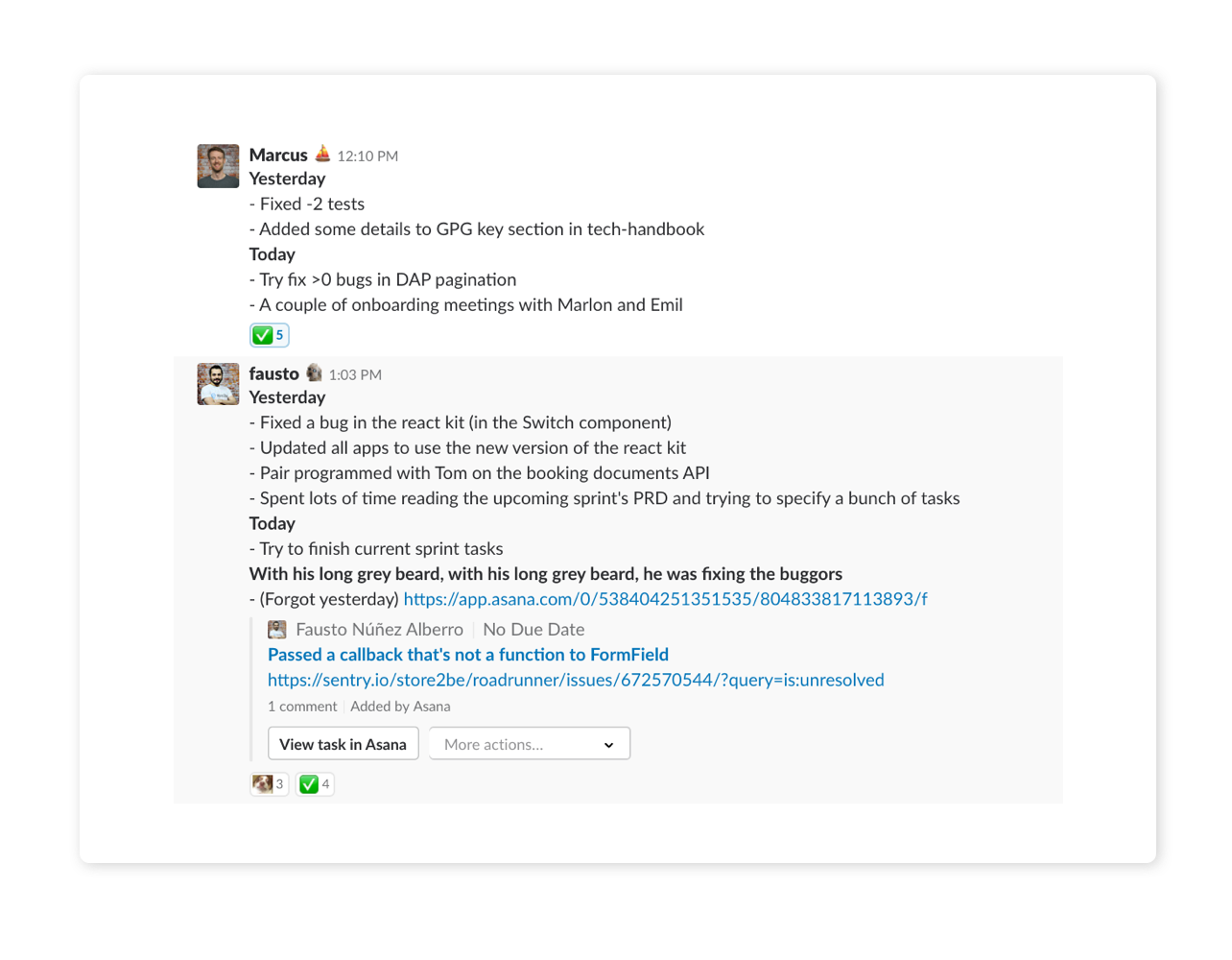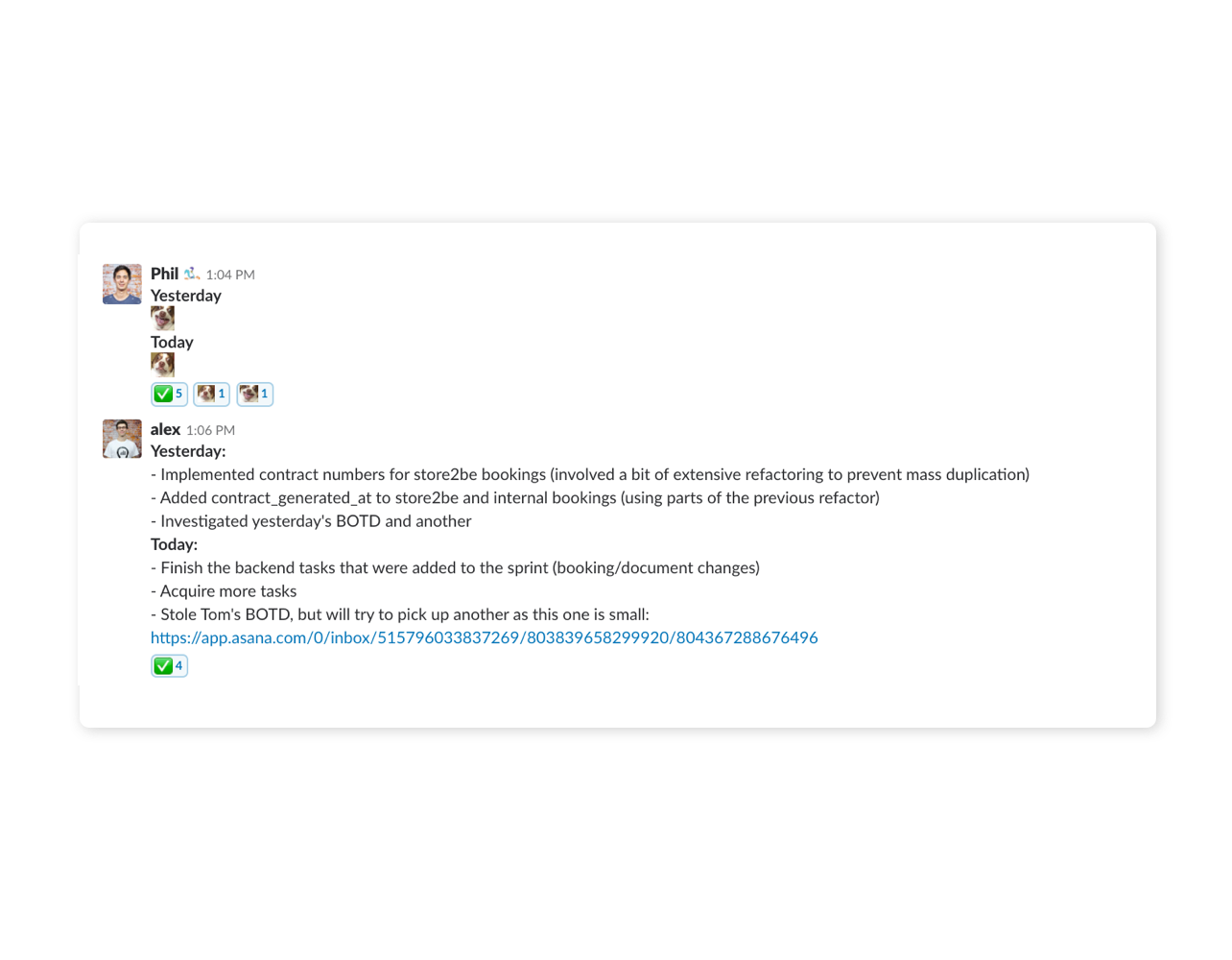store2be provides you with the best locations for your roadshows or promotions.
Our mission:
Build a global booking platform that enables brands to book scalable, measurable and targeted Live Marketing.
Our tech team is often spread across the globe and this post gives a sneak peak to how our day looks like, store2be remote culture, and how we manage to work across time zones.

Setting the culture
Culture is more than free food, coffee, and foosball tables. Our definition of fun at work doesn’t necessarily mean playing ping pong all day, rather have fun writing code, you enjoy discussing new frameworks, you enjoy tweaking that UI a bit.
Communication
In remote teams culture === communication. Communication is the most important aspect of any remote team, and the way you communicate with each other dictates your culture.
At store2be, we use Slack for communication. We try to stay in touch with the team and show our presence.
Be nice, greet the team when you start (irrespective of the timezone). When going through Slack, react to messages with emojis even if the message might not be super relevant to you. Let the team know when you are out for lunch or a break.
Engage in fun conversations that don’t hinder your work, which may be technical and non-technical. This helps you feel closer to other team members, and grow along with the team.
We also have an optional Whatsapp group to communicate outside of work.
We make communication fun
Cats, dogs, gifs, and memes are part of our team. Like every other online community, we too have our personal favorite memes and emojis. This is how our custom slack emoji section looks like:

Although we are tech savvy people, we talk about things other than tech too.

Everything is built on top of trust
Like any other successful team, trust is important in a remote team, perhaps more important than normal teams. You don’t always see each other. There is no way to measure what you worked on, how much progress did one make. But you always trust your remote teammates with what they are doing. The best thing about trusting each other is, one person is held accountable for what they do - there is no micromanaging - and often this leads to people doing a genuinely good job.
Mutual trust has lots of other implications too - less stress, more energy and productivity, and generally more satisfaction and happiness.
Show your weakness
It’s perfectly alright to show your weakness and ask for help. At store2be, we ask for help all the time, schedule remote pair programming sessions and keep in touch. Showing your vulnerability and asking for help is a strong tool to build trust. We recently started using the VS Code Live share feature to effectively collaborate while doing remote pair programming. We also believe pair programming is a great opportunity to learn from one another and grow together as a team.
We also have a tech support channel dedicated for asking blocking questions. It is like our internal stack overflow. Post a question and you almost immediately get help from the other side of the world.
Standups
We have sprint cycles and daily standups at store2be. Standups are where you learn to trust your teammates. You share what you worked on yesterday, and what you will be working on today. We have a slack channel dedicated for this purpose. Everyone acknowledges the standup message with a check mark.
This is how our standups look like.
 Also like this:
Also like this:

P.S: Mr.Bubz is our new favourite emoji.
Meetings and collaboration
We have multiple meetings and collaboration sessions like Tech discussion and tech training every week. Meetings are done via Zoom. We use Asana for our project and task management. We discuss new technologies, ways to improve our workflow and anything related to the tech at store2be in tech discussions. Biweekly tech training covers recent trends and topics that surface every day to keep store2be tech team up with the pace of startup world.
We also record important meetings in zoom so that people who missed can go through it later.
Code collaboration and code reviews
We work using pull request models. Once you have a pull request for a feature or bug, we assign it for peer review. This happens through as Asana subtask on the original task. We believe code reviews are a great tool for learning from each other. At times, we also do a live code review, where the reviewer and the owner reads through the code together. Pro tip: If the PR is ready to merge, we let the reviewer merge the original pull request to avoid the rebase loop. This saves a lot of time for the task owner.
Our tips for improving productivity
Focus is important when you work from the comfort of your home. Here are some unofficial hacks to make it work better.
- Planning your day - pick tasks for the day. Do the most productive one at the start of the day. The more tasks you complete in the morning, the more motivated you are for the rest of the day.
- Try to follow a calendar, set time aside for each task and be flexible.
- Use methods such as pomodorino timer.
- Work at a desk and try different places quite often.
- Use self rewards - when you complete a task take a short break and maybe eat a cookie.
Pro tip: It is a good idea to keep 2-3 tasks at any time at your disposal. So when you get blocked on one task, you can post a question, and switch to the next task. We have a Backlog - Specified tasks project in Asana that serves this purpose and can be used as filler tasks.
If you are working remotely we recommend you read Remote, a book by David Heinemeier Hansson, CTO of BaseCamp. Working from home will take some getting used to. And the book outlines how to get the best out of working remote and having distributed teams.
If this looks like an interesting team to you, we have news for you. We are hiring ;)
